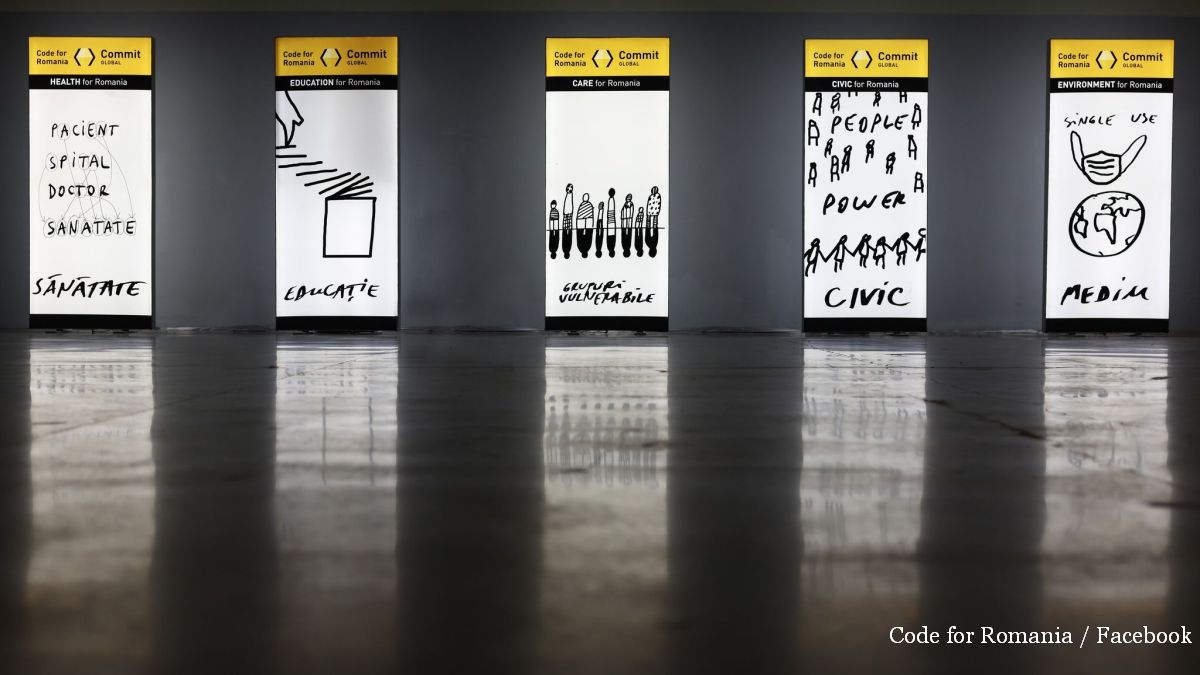Action plan on military mobility
European Commission intends to improve military mobility inside and outside the European Union

Corina Cristea, 13.04.2018, 13:38
In accordance with the commitment made by Jean-Claude Juncker on building a genuine Defense Union by 2025, the European Commission and the EU High Representative for Foreign Affairs and Security Policy, Federica Mogherini, presented at the end of March an action plan aimed at improving military mobility inside and outside the European Union. Facilitating the movement of troops and military equipment is essential for the security of European citizens and for building a more efficient, integrated Union with better response capabilities, Brussels explained.
The document identifies measures aimed at removing physical, procedural and regulatory barriers. Close cooperation among states is viewed as essential for implementing this action plan. The action plan builds on a roadmap on military mobility drafted within the European Defense Agency. The European Commissioner for Transport Violeta Bulc explained the reasoning behind these measures:
Violeta Bulc: “Improving military mobility in the European Union is one of the very practical steps towards a fully fledged defense union by 2025. Second, we must be able to quickly deploy troops either within the EU or able to launch military operations abroad, and of course to do so we need infrastructure that is fit for this purpose. The EU is still facing a number of physical, procedural, regulatory barriers hampering military mobility, which is why we are here today.
International political developments are hard to predict, but, as we said before, the European Union needs a common defence approach and good coordination of activities, the European Commissioner also said. The Commission Vice-President and High Representative for Foreign Affairs and Security Policy Federica Mogherini said: “Promoting peace and guaranteeing the security of our citizens are our first priorities as European Union. By facilitating military mobility within the EU, we can be more effective in preventing crises, more efficient in deploying our missions, and quicker in reacting when challenges arise. It will be another step in deepening our cooperation at EU level, also in the framework of the Permanent Structured Cooperation we have formally launched recently, and with our partners, starting with NATO. For us, as EU, cooperation remains the only way to be effective in today’s world.
Conducting an analysis of the situation of road and railway networks in Europe to identify suitable routes for military transport is one of the proposals made by the Commission. European officials say this is necessary, among others, because many bridges in the EU have not been designed to withstand the weight or height of oversized military vehicles. On the other hand, the railway infrastructure does not have enough load-carrying capacity for military use. A list will then be made of priority projects and the needed financial support will be established. What does this action plan imply in practice?
Commissioner Violeta Bulc: “We are taking actions on two major fronts: the first front is infrastructure, transport infrastructure. And the main objective here is to make full use of our transport network for dual purposes, military and civilian. Looking back, one of the main purposes of transport networks was to transport armies. Today I am very happy that the primary reason for transport infrastructure in Europe is a civilian reason. But, of course, joint planning for the needs and of course to have infrastructure fit for purpose makes a lot of sense and it will also help us optimise our investments. So, the plan is as follows: first, by this summer, member states are invited to agree on a detailed list of military needs, requirements, and then secondly we will compare these with our transport infrastructure plans and its technical requirements. And this will cover the whole network and all modes. The next, third step, on the basis of what I just said, we will draw a priority list of dual-use projects. This work will be completed in the course of 2019.
The second action front is the regulation and procedures section, the European commissioner went on to say. This focuses on customs and VAT procedures for the transport of dangerous goods, cross-border transportation and other aspects such as combating hybrid threats. In practical terms, it all comes down to harmonising fragmented national regulations, simplifying procedures to ease the administrative burden and cut costs, as all these may cause delays hindering military mobility. Brussels believe that by improving military mobility the EU can become more efficient in crisis-prevention and improve its response time to various challenges.
(translated by: Mihaela Ignatescu)






























